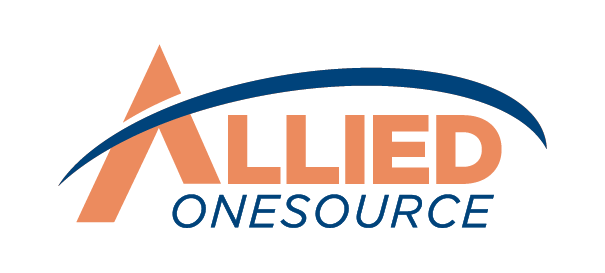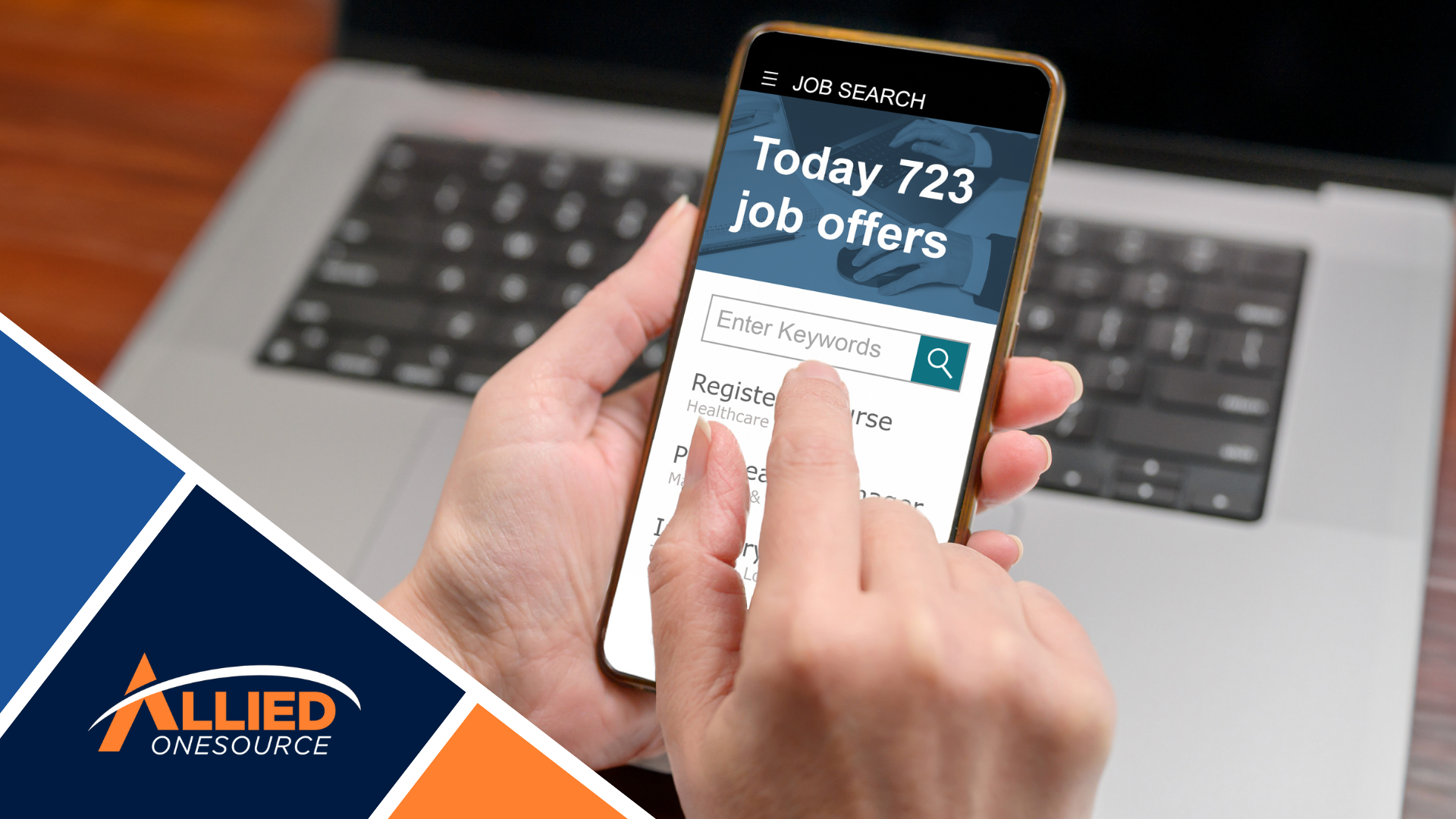9 Qualities You Should Look from a UI/UX Engineer
Everyone wants an easy-to-use experience when using apps or navigating a website. That's a UI/UX engineers' job. They create interfaces (UI) and experiences (UX) that make it easy and fun to use websites and apps.
It takes more than technical skills required to find the right UI/UX engineer. Although it is important to know how to code and use design software, other traits, sometimes called "soft skills," can make all the difference in how well UX engineers perform.
Soft skills are social or people skills that often require emotional intelligence. These skills improve relationships with colleagues, business contacts, and clients through communication, conflict resolution, and empathy. Examples of soft skills are personality traits like creativity, problem-solving, critical thinking, empathy, and communication skills.
Why are Soft Skills so Important?
In software engineering, hard skills are common. But imagine if a UI/UX engineer with great design skills struggles to work with the team. This could lead to problems, slow down work, and hurt the company's profits.
Moreover, "soft skills" like problem-solving and creativity are vital for new ideas. How can you develop innovative features without effective brainstorming or tackling problems from new angles? For example, an engineer skilled at problem-solving and creative thinking can help develop innovative solutions that lead to higher sales and profits.
Moreover, the impact of soft skills extends beyond the team. Businesses lacking soft skills can lose productivity and clients. That's why many talent management professionals think soft skills are just as important as hard skills, if not more.¹
Read More: Strategic Staffing: Why Employers Now Prefer Skills Over Diplomas When Hiring
The 9 Soft Skills You Should Look for
These are the specific qualities to look for in a UI/UX Engineer.
1. User-Focused Problem-Solving
Great UI/UX engineers combine user-focused problem-solving with product design and front-end development skills. They understand what makes using a website frustrating and how to make it easier through effective design and development.
Think of a confusing website. Maybe the buttons are unclear, or finding what you need takes too many clicks. A skilled UI/UX engineer can fix that to create clear layouts and functionalities. They make responsive designs while ensuring the website is easy to navigate and works smoothly for users.
This is what happened with Spotify's redesign. Originally, playlists were hidden, making them hard to find. The new design, focused on user needs, put playlists front and center with easy browsing and search. This led to happier users who listened to more playlists.
2. Communication
A website starts as a concept, but a UI/UX engineer can't build it alone. They need to clearly explain their designs and rationale to developers. This ensures the website aligns with the brand message defined by marketing.
If an IU/UX designer struggles to communicate their ideas effectively, they might present vague designs with limited explanations. It could leave developers confused about the desired functionality. This can lead to misinterpretations, wasted development time, and a website that doesn't meet user needs or the brand vision.
In contrast, a skilled communicator can bridge the gap between design and development. They actively participate in meetings and incorporate feedback to prevent misunderstandings and delays. It can result in a smoother project flow and satisfied clients.
3. Adaptability
The tech industry is a fast-paced one. Users' needs constantly evolve, and a good UI/UX engineer must be willing to learn new things, adapt, and keep up with the latest trends.
For example, the rise of voice assistants like Siri or Alexa completely changed how users interact with technology. An adaptable engineer would readily learn voice-based design principles to ensure their interfaces remain relevant and user-friendly. This keeps their designs at the forefront of the ever-changing tech landscape.
4. Empathy
This crucial for understanding users' feelings and ensuring designs meet their needs effectively. Just as a shoemaker wouldn't craft shoes without knowing the wearer's size, style, and preferences, UI/UX engineers prioritize understanding users' needs.
With empathy, they can consider what the user finds fun, safe, and functional. They also seek to understand the user's frustrations to create a digital product meeting their goals. Often, initiatives like surveys and user testing are used to get user feedback. UX engineers and other key team members carry out usability testing by watching how people interact with a design to see what works and what doesn't.
UI design, at its core, is about creating interfaces that are visually appealing and also intuitive and user-friendly. Empathy fuels this process by allowing designers to step into the user's shoes and understand their needs, motivations, and pain points. This understanding translates into UIs that are a pleasure to use and effectively solve user problems.
5. Creativity
This is a soft skill that a UI/UX engineer needs to be able to use to come up with new design ideas that make the user experience better. UI/UX designers don't just make websites and apps that work; they also make designs that look good.
A skilled UI/UX engineer knows how to use layout, typography, and color to make something beautiful for users. They don't have to be graphic designers, but they should know how to use basic visual design elements to make a digital product with a great interaction design for users.
6. Attention to Detail
Seemingly minute mistakes like wrongly placed text, a broken link, or a hidden button can frustrate users and make their experience with your digital product worse overall. But someone with good attention to detail is likely to find problems early and fix them.
This will save users time and make sure the final product is smooth and well done. This is why employers need to hire a UI/UX engineer who is very careful about quality since this skill has a direct effect on the user experience and how well the product works and looks.
7. Receptive to Feedback
Digital products and designs don't always work out the first time. Hence, as an employer, you need to hire someone who can handle criticism well. You need UX designers who understand that feedback is not a personality or expertise attack but a chance to meet users' real needs.
Software engineers need to be willing to hear what users, testers, and other team members have to say to avoid blind spots and make their work better.
8. Teamwork
In the tech industry and everywhere, UX engineers collaborate with other teams to get the work done. Strong teamwork keeps things clear during the design and development process and keeps everyone aligned with the design goals.
It also helps people on the team improve their ideas, work together to solve problems, and make plans come to life. A successful and easy-to-use product comes from teamwork. Whether it's through design systems or design thinking methodologies, having a team player creates successful, user-friendly products.
9. Passion
We all know that someone passionate about technology and design is more likely to go the extra mile! A truly passionate UX designer isn't satisfied with "good enough". They are always looking for ways to improve the user experience and often bring fresh ideas to the table.
For instance, if a staffing firm places a designer at a call center looking to revamp their customer self-service portal. In addition to improving looks and general functionality, the designer will also demonstrate a genuine interest in understanding user frustrations.
This can lead to proactively designing solutions that make a difference. This user-centric approach benefits both the customer and the company and is vital for creating successful products.
Read More: Skills-Based Hiring in 2024: What Employers Need to Know About the Changing Landscape of Skills
How Can You Test for Soft Skills When Hiring a UI/UX Engineer?
Identifying strong soft skills is crucial for hiring top UI/UX talent. Here's how you can assess these essential qualities beyond technical expertise during the interview process:
- Behavioral Interviewing: Ask specific questions about past experiences that reveal soft skills. For example, "Tell me about a time you explained a complex design concept to a non-technical audience." Analyzing their response can reveal communication skills and empathy.
- Teamwork Exercises: Present UI/UX engineering applicants with group activities or case studies that require collaboration. Observe how candidates interact, share ideas, and handle disagreements. This will shed light on teamwork, problem-solving, and adaptability.
- Soft Skills Assessments: Several online platforms offer personality or soft skills assessments. These can provide data on communication, problem-solving, and teamwork styles. However, it is important to use the results alongside other methods, as they shouldn't be the sole factor in your hiring decision.
Read More: 5 Ways to Speed Up the Hiring Process
HIRE A SKILLED UI/UX ENGINEER WITH ALLIED ONESOURCE
Ready to hire talented UI/UX engineers with great soft skills? Allied OneSource can help! We have a team of experts who can guide you through the hiring process and connect you to a pool of skilled UI/UX professionals who have both the soft skills and technical expertise your project needs to succeed.
Don't miss out on the chance to get expertise and soft skills from one person. Contact us today to find the right fit!
Reference
- LinkedIn Learning. Workplace Learning Report 2024. Anne McSilver, Sonya Bessalel, Carl Brinker, 2024, learning.linkedin.com/resources/workplace-learning-report.










